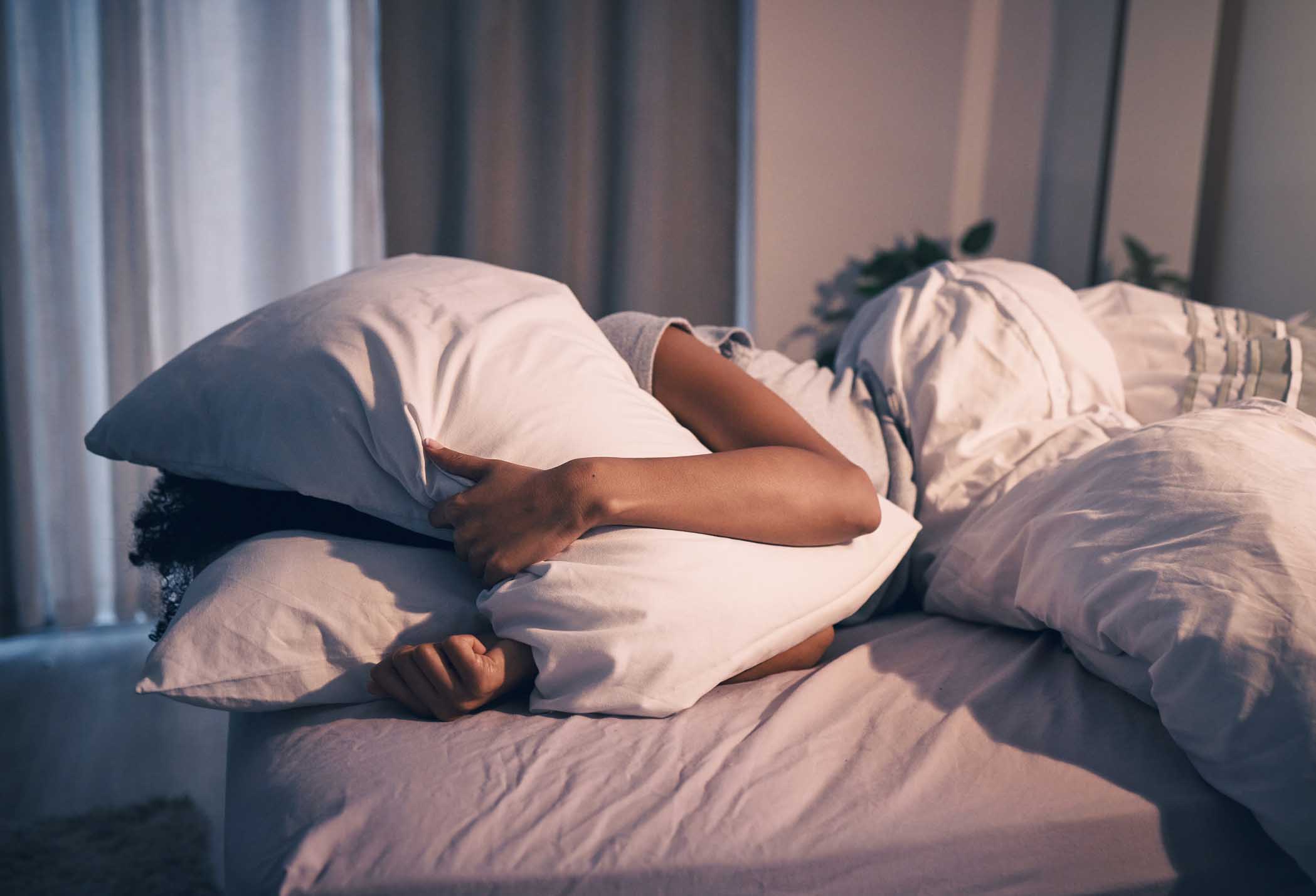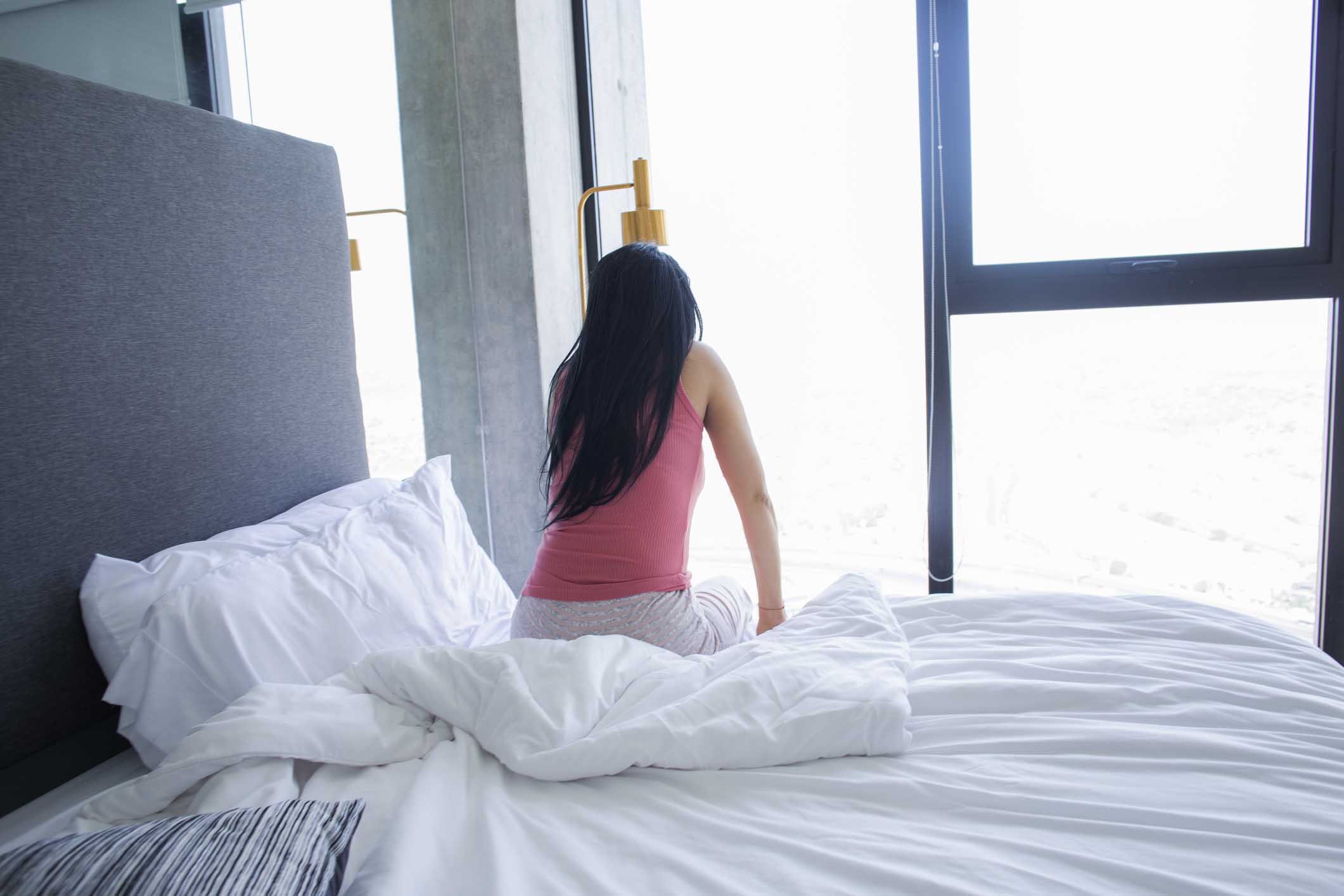Light Bladder Leakage (LBL) Guide: Causes and Solutions
Light Bladder Leakage (LBL) Guide: Causes and Solutions
1 in 2 women over 20 experience Light Bladder Leakage (LBL) / urinary incontinence. And it happens to all kinds of women, for all kinds of reasons. That’s why we’ve created this guide – to help you better understand LBL so those little leaks are easier to manage every day.
Why is This Happening to Me?
So you've started to have the occasional leak - and you're ready to do something about it. The first step to managing LBL is understanding it, so here's some basic info to get you started.
What is LBL?
It stands for Light Bladder Leakage, and it affects millions of women. In fact, you can expect a third of your friends to know what you're going through - which is frequent involuntary leakage of urine. Or, in simple terms, you can't control your bladder.
What Causes LBL?
Just as no two women are alike, there's no single reason that LBL happens. Some of the most common things that lead to uninvited bladder leaks include:
- Physical changes from childbirth, pregnancy, hysterectomy or menopause
- Being overweight
- Complications from surgery, stroke, or chronic diseases like diabetes, multiple sclerosis (MS) or Parkinson's disease
- Bladder or urinary tract infections
- Bladder irritants (certain foods and beverages)
What Are the Types of Incontinence?
While there are several kinds of urinary incontinence, the three most common are:
- Stress Urinary Incontinence (SUI): The involuntary loss of urine that occurs when pressure is suddenly placed on your bladder. This could happen when you cough, laugh, sneeze, exercise or lift a heavy item.
- Urge Urinary Incontinence (UUI): A sudden, intense urge to urinate, followed by a loss of urine. With this condition, the bladder muscles squeeze at the wrong time and cause leaks.
- Mixed Urinary Incontinence (MUI): When you experience both Stress and Urge Urinary Incontinence, it's called Mixed Urinary Incontinence.
What's a Kegel?
A Kegel is an exercise that helps tighten pelvic floor muscles - the muscles used to stop urinating. Kegels are easy and can be done anytime, anywhere, without anyone noticing. Here's how:
- Locate the pelvic muscles by pretending to stop the flow of urine
- Squeeze and hold these muscles for three seconds, then relax for a count of three
- Try to do 10 tightening/relaxing exercises for a set (aim for 3 sets per day)
Am I the Only One?
Sometimes the best way to cope with LBL is simply to know you're not alone. From exchanging tips and sharing stories to cheering each other on, women have been talking with us about it for years. So take a look and learn from others experiencing the same changes you are.
What Should I Do Now?
Are you new to LBL? Getting informed is a great first step to take when learning how to manage unexpected leaks. Here are some of our top tips to help you take control–and take on every day–with confidence.
-
Track Your Triggers
Every woman has her own triggers that can bring on leaks. Certain spicy and acidic foods (like tomatoes and citrus fruits) can aggravate the bladder, along with alcohol, carbonated and caffeinated drinks. There are other triggers, too, like chronic coughs, smoking, and certain medications. To discover what may be triggering your LBL, look for patterns by tracking your food, drinks, and activities.
-
Exercise Right
One helpful way to reduce leaks is to strengthen the muscles of your pelvic floor. You can do this with yoga, Pilates, tai chi, walking, and Kegels. The trick is to make sure you have the correct form - it takes practice to find and squeeze your pelvic floor muscles correctly. We know that carrying extra pounds can weaken pelvic floor muscles and lead to LBL, so making time to exercise can help keep your weight in check. In fact, research shows that women with an average weight of about 200 pounds who lose 10 percent of their body weight can reduce leaks by 70 percent.
-
Talk To Your Doctor
Since every woman's body is different, getting advice specific to yours offers the best chance of reducing or even eliminating leaks. Remember, LBL is very common, so it's nothing new to your doctor. To make the conversation easier, write down and share the following things: when you leak, how often you leak, how much you leak, and any triggers that cause you to leak. This will help your doctor determine the best treatments. You may want to ask if pelvic floor physical therapy is right for you as it's a non-medical, non-surgical option that's highly effective.
-
Be Prepared
After an embarrassing LBL moment, it's easy to retreat from activities you once loved. But sitting on the sidelines isn't the answer. Stash your favorite Poise® incontinence products in your purse, and pack a "just-in-case" bag (with underwear and pants) should a leak happen away from home. Even if you use Poise® Impressa® Bladder Supports, you could still keep a few of your favorite Poise® pads or liners around. These will come in handy after using Impressa® for the maximum eight hours. It also helps to make a practice of emptying your bladder before doing any activities that tend to bring on a leak.
-
Monitor Your Fluids
When you have LBL, you may be inclined to decrease your fluid intake. But actually, to keep your bladder healthy, you should try to drink six to seven 8-oz glasses of water a day (this could vary slightly depending on your size and physical activity level). When you drink less water, your urine becomes more concentrated and may irritate the lining of the urethra and bladder - which can cause spasms and unexpected leaks.
How Can I Best Manage My LBL?
Poise® gives you one less thing to worry about any time of day or night. Whether you prefer absorbent pads and liners, or Poise® Impressa® Bladder Supports, a non-absorbent solution that helps stop leaks before they start, we have an option for you. Our products are specifically designed for urine, which makes them an easy choice for the 1 in 2 women with bladder leaks.
Recommended Products
Absorbency Level
Absorbency Level













